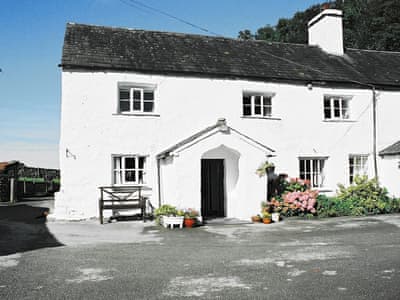Staying near WIndermere and The steamers on Lake Windermere
The arrival of rail brought tourism to the masses and opened the region even further in 1846 with the opening of the Kendal and Windermere Railway. Together with the steamer boats on the major lakes, the railways were responsible for a dramatic increase in the number of visitors to the area.
Into the 20th Century and the arrival of the car meant the Lake District was even more accessible to tourists. It is pure co-incidence that this increase in private transport methods coincided with the demise of the railways and an increase in self-catering accommodation. Hiring bikes and cycling and soft top rental cars for road touring are in high demand too.
When the National Park was established in 1951 it was also recognized that there was a vital need to protect the Lake District. As a result, cultural and educational tourism is now a key aspect of the wider tourist industry.
world-famous writers such as John Wilson lived in Windermere from 1807 to 1815 and De Quincey spent much of the time between 1809 to 1828 at Grasmere, in the first cottage William Wordsworth lived in. For the last ten years of his life, Thomas Arnold lived around Ambleside, and Harriet Martineau built a house there in 1845. John Ruskin lived his final years in Brantwood, a house beside Coniston Water, and his assistant, the author, artist and antiquarian, W. G. Collingwood, lived nearby where he wrote ‘Thorstein of the Mere’ which was set back in the time of the Norsemen.
The steamers on Lake Windermere (including the world-famous 'Tern', in service over 100 years, although now fitted with diesel engines), remain one of the great man-made lake attractions. They first started traversing the lake back in 1869 connecting with the steam trains that arrived at Lakeside. The steamers provide a regular service to Lakeside and Ambleside and there are also circular tours around Lake Windermere and the islands.
Despite regular threatened closures, the Windermere to Oxenholme railway line continues to survive and even thrive, and sadly is now the only mainline railway service that remains in the entire Lake District. There is a fast, limited-stop service between Manchester Airport and Windermere for the convenience of overseas visitors, and there are rail links at Oxenholme providing express services north to Scotland, south to London, as well as other parts of the UK.












